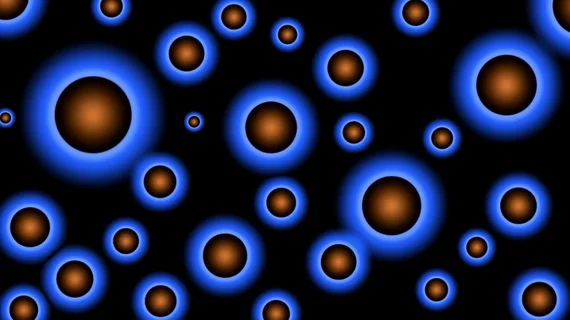3 approaches for tackling salivary gland toxicity from PSMA radioligand therapy
Three international experts recently argued for a resolution to the salivary gland (SG) toxicity side effect seen in metastatic castration-resistant prostate cancer (mCRPC) patients treated with I-131 labeled PSMA radioligand therapies (PRLT).
The editorial was published online June 14 in the Journal of Nuclear Medicine.
“We believe that effective preventive strategies for salivary gland (SG) toxicity need to be developed to preserve the extremely attractive side effect profile of PRLT as compared to standard treatments,” wrote Thomas Langbein, with the Theranostics Center for Molecular Radiotherapy and Molecular Imaging in Germany and colleagues.
Researchers noted the “remarkable progress” of Lu-177 labeled compounds and the “impressive results” of Ac-225 PSMA PRLT in mitigating the effects of PRLT. They pointed to numerous studies as evidence for the need to further develop various preventative strategies.
One promising example involved short-acting anticholinergic agents and local anesthetics. In a preclinical animal data study, botulinum was injected to the SG. Langbein and colleagues applied the approach into tracer uptake blockade and achieved a 64 percent uptake decrease of Ga-68 PSMA in an injected parotid. However, the method warrants careful consideration, the team wrote.
Another approach referenced sialendoscopy data of thyroid cancer patients suffering from radioiodine-induced sialadenitis. Authors found duct stenosis and mucous plugs occurred in 86 percent of those with therapy-refractory xerostomia, and sialendoscopy treatment resulted in an 89 partial or complete resolution of those symptoms.
Langbein et al. also suggested a “salvage approach” could be the regeneration of the salivary gland. They noted a clinical trial of head and neck patients with radiation-induced xerostomia who received ultrasound-guided transplantation of adipose tissue-derived mesenchymal stem cells to the submandibular glands. That group achieved a 33 percent increase in salivary flow after one month, and 50 percent rise after four months.
The group explored a few other potential answers to the SE toxicity side effect, hypothesizing it may occur simply because of the “biology of the glands themselves.” Regardless, they affirmed a resolution should be top of mind.
“Whether by optimized doses, compounds with better biodistribution, new radioprotectors, blockers of PSMA binding, better post-therapy management or cellular transplantation, PRLT requires us to solve the SG enigma,” wrote the team.

